AirZen | 5-in-1 Device: Humidifier, Purifier, Ionizer, Aroma Diffuser, Air Quality Station via APP | Check out ‘AirZen — Clean Air and Defence from Virus’ on Indiegogo.
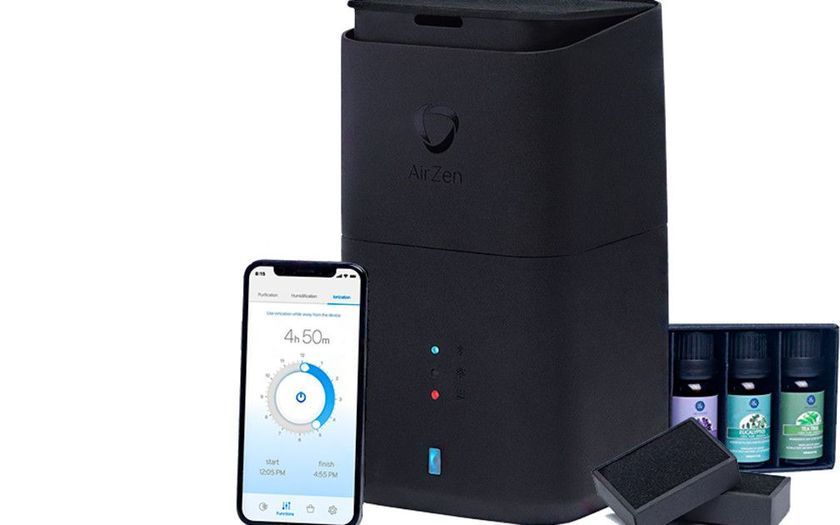


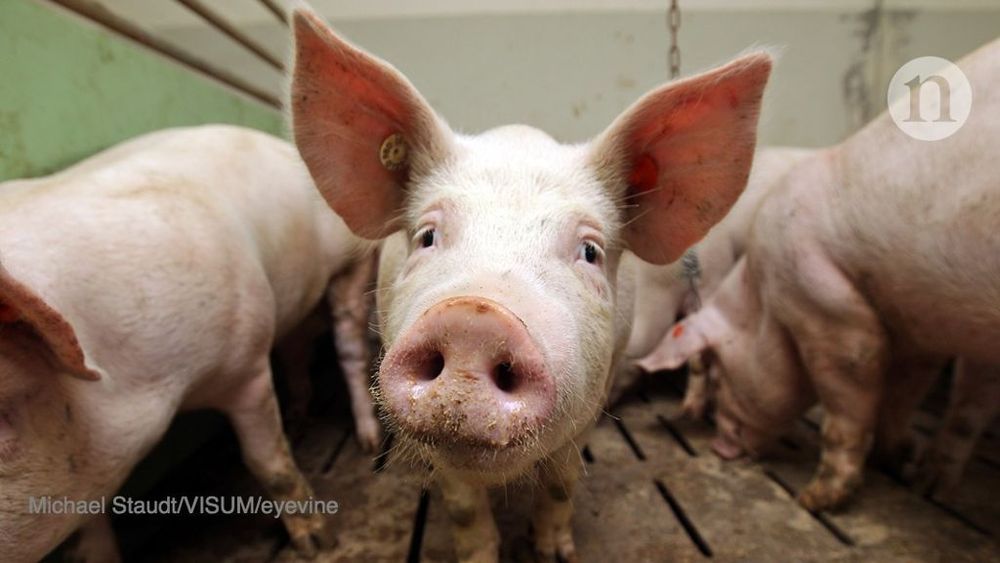
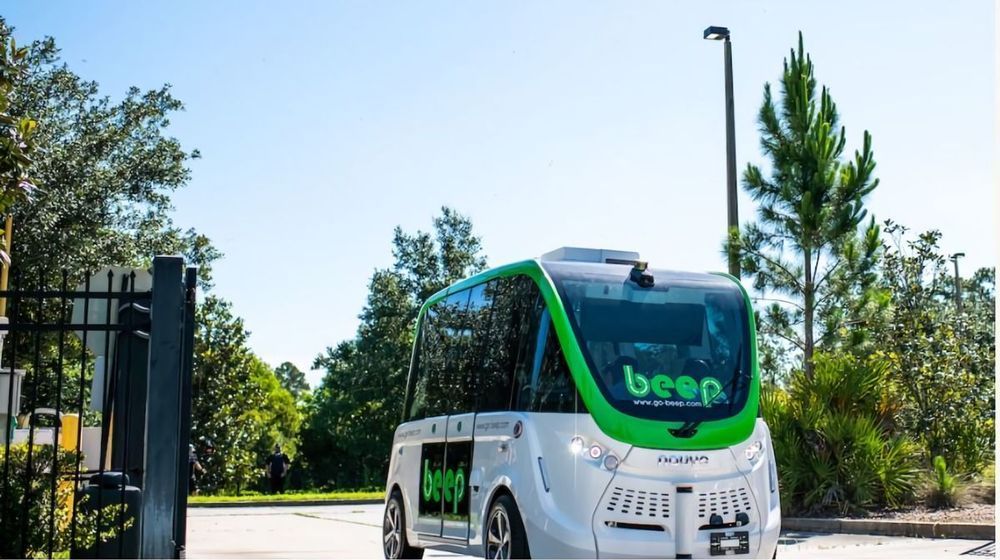
The Mayo Clinic today announced a partnership with Bestmile and the Jacksonville Transportation Authority (JTA) to deploy autonomous shuttles that transport medical equipment and COVID-19 tests collected at the hospital’s drive-thru testing site. The hope is that they’ll expedite the delivery of much-needed supplies while reducing the risk of human exposure to the coronavirus.
On March 30, the Mayo Clinic says its branch in Florida began using four shuttles from suppliers Beep and Navya to transport COVID-19 tests from the testing site to a processing laboratory on the hospital’s campus. (Beep transported three shuttles from Lake Nona, outside of Orlando, which JTA supplemented with an additional shuttle from an ongoing autonomous vehicle program.) COVID-19 test samples are stored in secure containers prior to Mayo Clinic staff loading the contents onto the shuttle, which then takes routes isolated from pedestrians and traffic while Mayo Clinic, Beep, and JTA personnel monitor them from a mobile command center.
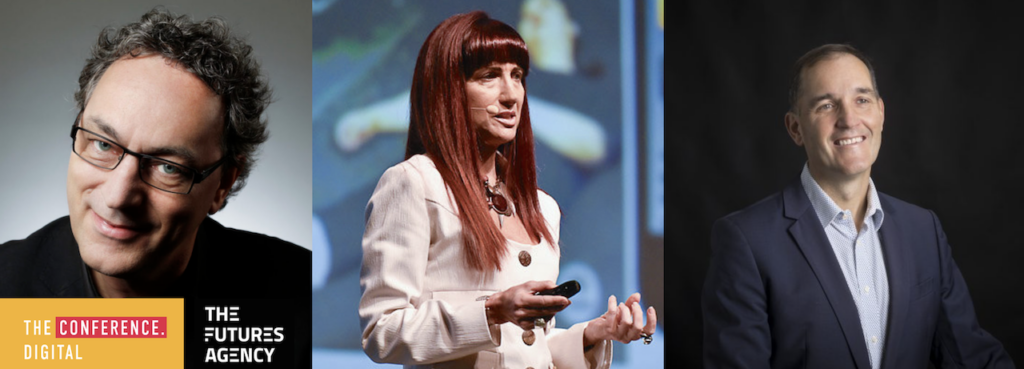
Greetings everyone, I am running a very unique digital conference time-slotted for participants in Asia, AUS, NZ etc on April 9, 5pm Sydney time, see details below, with 2 very well known Futurist colleagues, Ross Dawson and Shara Evans, on the Future of Work. We are using the Zoom platform again, and have room for up to 500 people; right now we’re at 280 signups but it’s filling up quickly so please sign up soonest:)
Please review the event details here, or here.
Some more related resources:
Archives of previous online shows
***** New: short film on impact of covid9

That 2 million figure would be twice as many dead as have perished in all our wars from the American Revolution to the Civil War, World War I and II, and Korea and Vietnam.”
“Depend upon it, sir, when a man knows he is to be hanged in a fortnight, it concentrates his mind wonderfully,” said Samuel Johnson.
And as it is with men, so it is with nations.
Monday, Dr. Deborah Birx, White House coronavirus response coordinator, projected some 100,000 to 200,000 U.S. deaths from the pandemic, “if we do things almost perfectly.” She agreed with Dr. Anthony Fauci’s estimate that, if we do “nothing,” the American dead could reach 2.2 million.


At a time when the world is scrambling to find a cure, a vaccine or some sort of viable treatment for the Novel Coronavirus that is rocking the globe, the Ethiopian Ministry of Health (MoH) and the Ministry of Innovation and Technology (MoIT) have disclosed that they have an effective treatment in the pipeline that enhances natural immunity in the fight againt the virus.
Although the details of the ingredients as well as the laboratory procedure and testing were not presented in detail, the two ministries said that a treatment drug has been discovered from the traditional medicines in the country.
The statement that the MoIT issued on March 27, 2020, indicated that the medicine has passed the basic research procedures and was successful in the laboratory modeling processes.
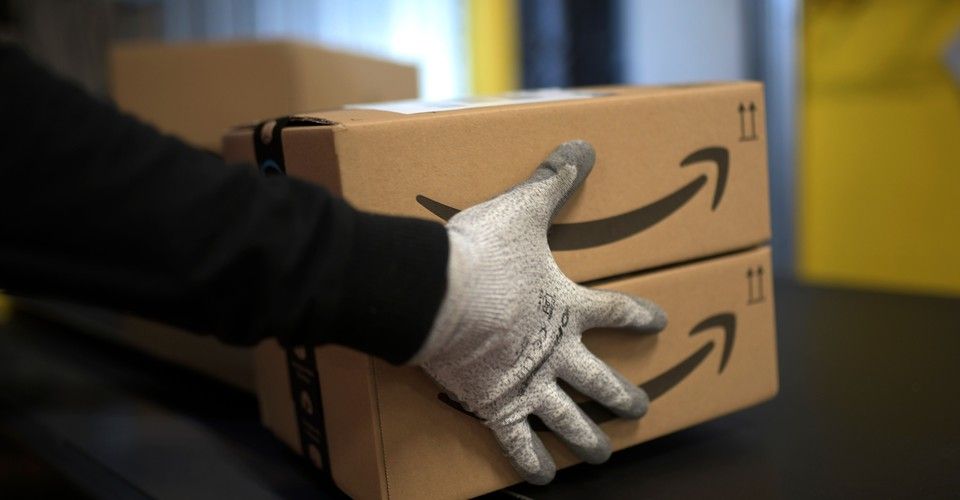
This will probably be the lead in to the Atlas robots replacing packing handlers. The robotic copy of human hands still isnt ready, but worst case they could just use rubber grippers til the hands are ready.
Big retailers have rolled out sick leave during the pandemic, but some workers describe a confusing process for getting paid.
